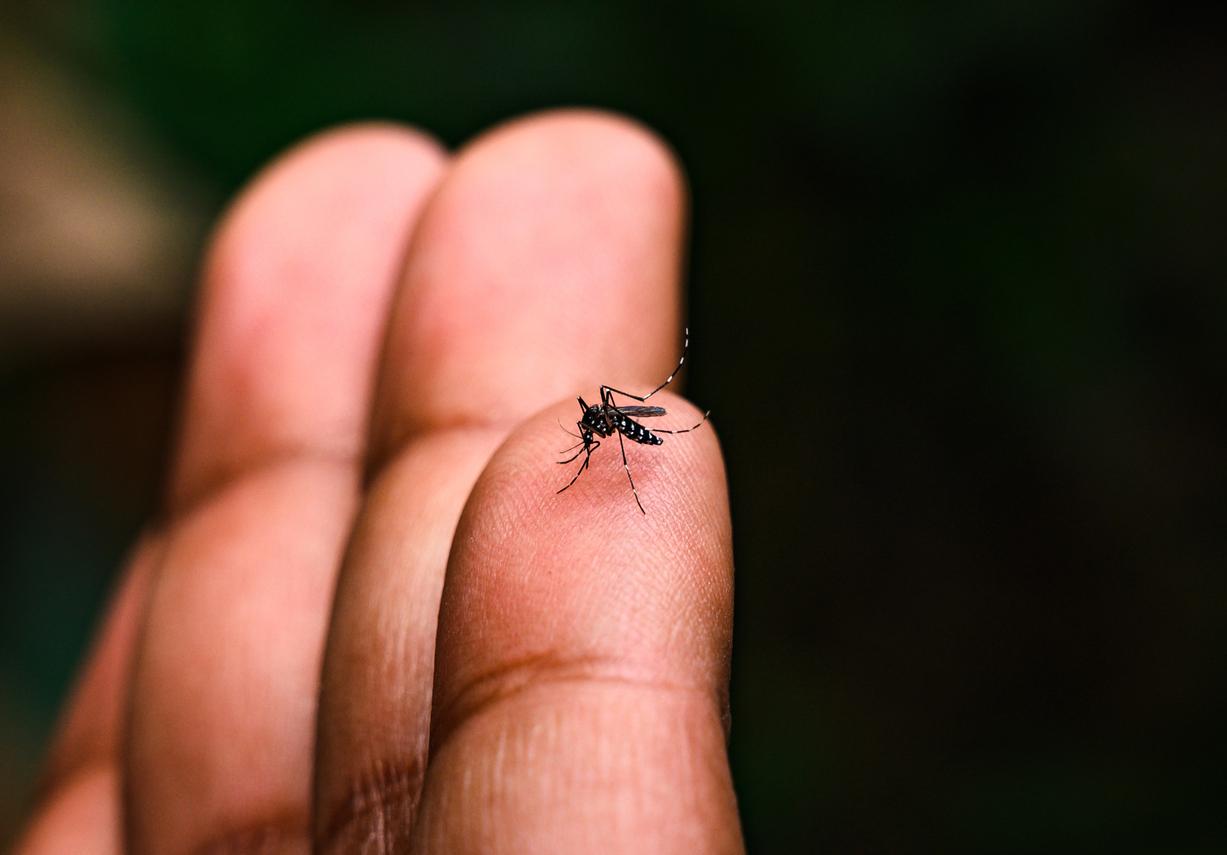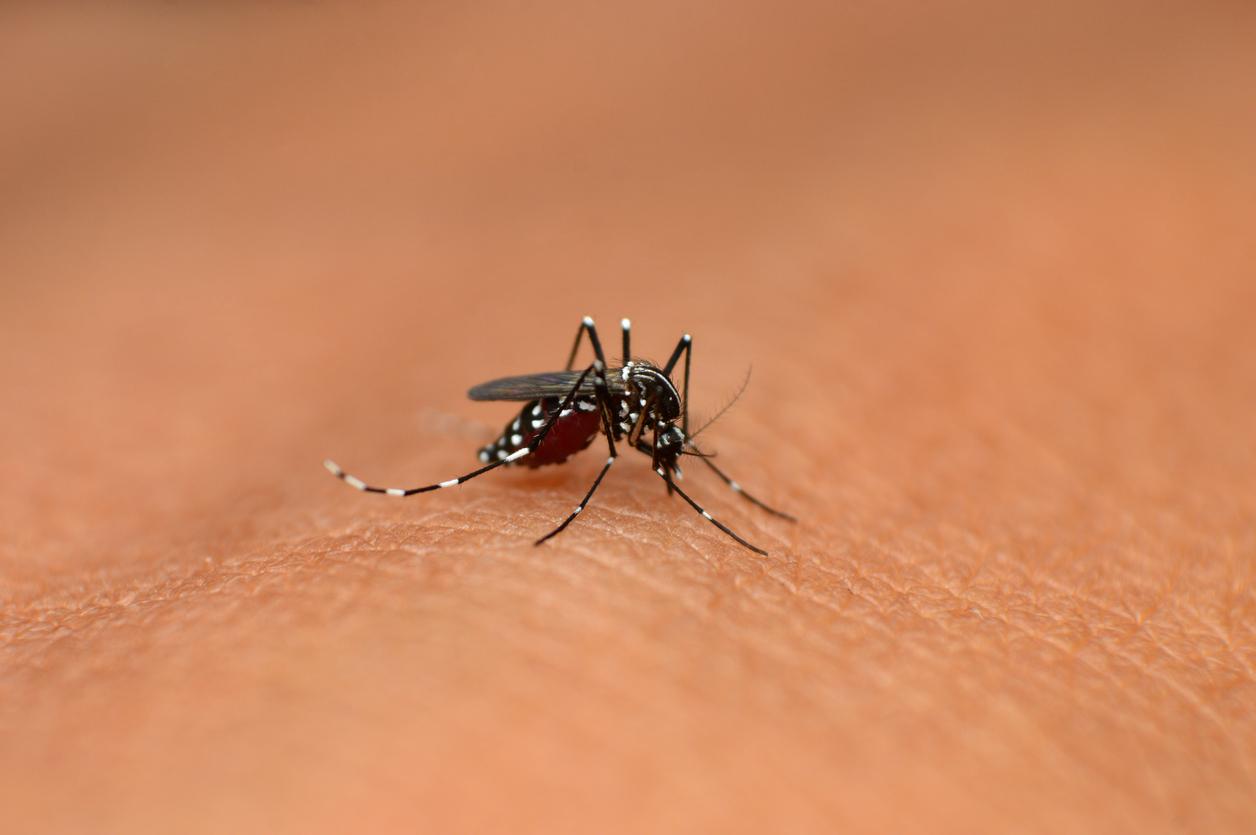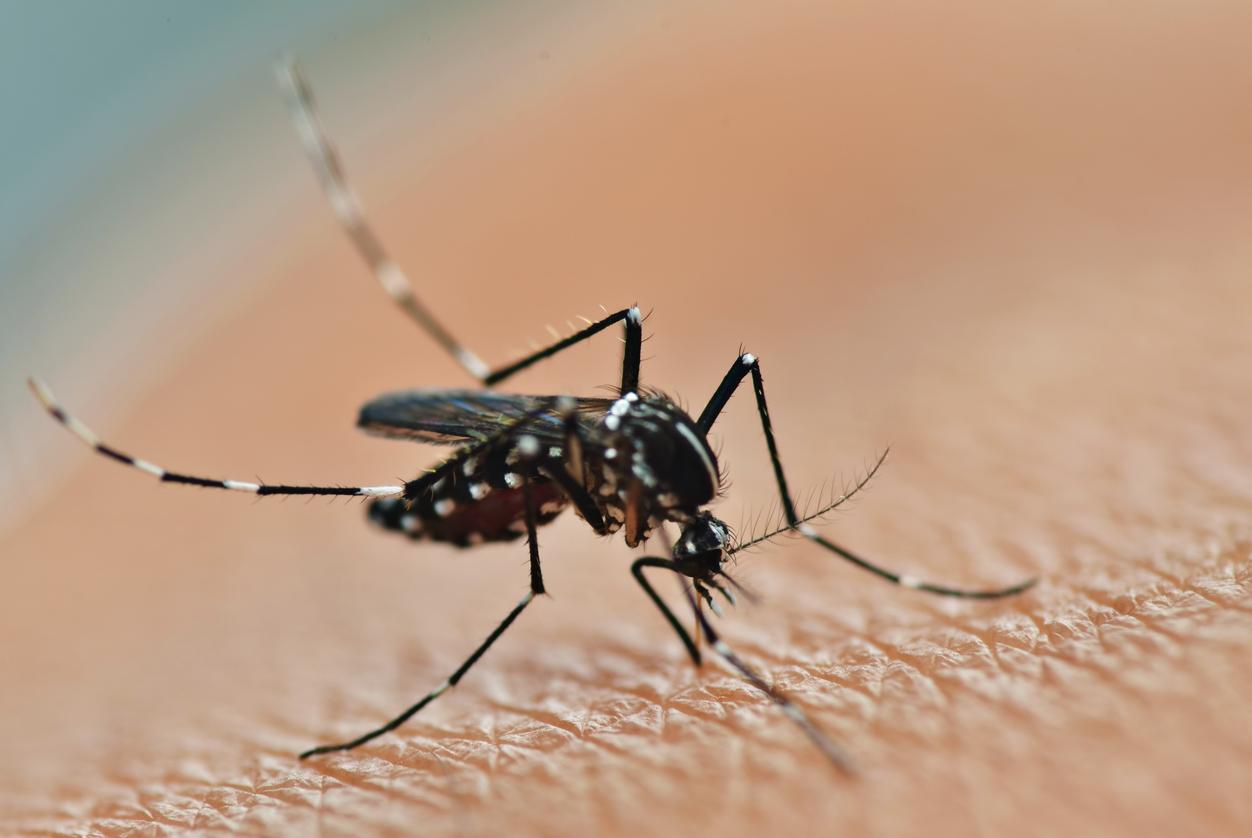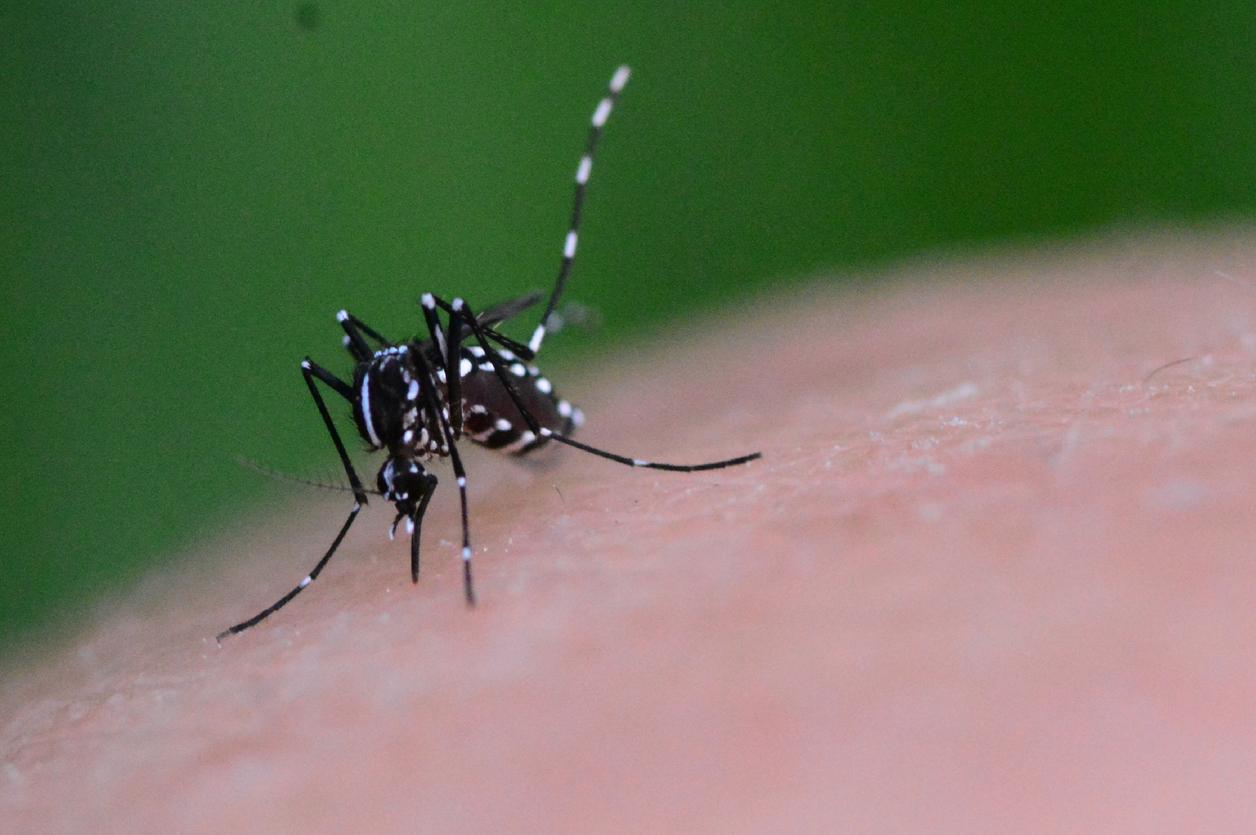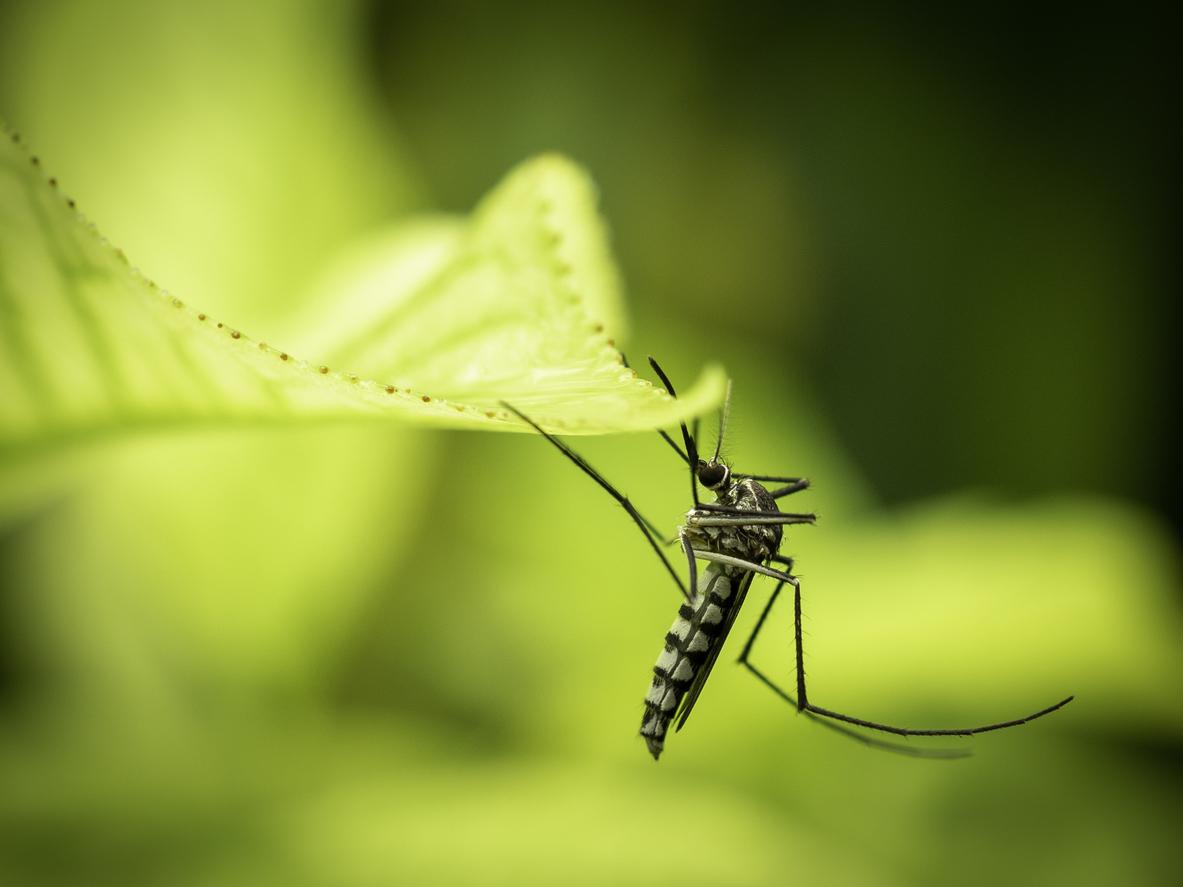American researchers have just identified how the chikungunya virus manages to penetrate the interior of cells and cause severe joint pain.

Transmitted by the tiger mosquito, chikungunya is currently a growing threat in France as well as in other regions of the world. Tropical infectious disease caused by an arbovirus, it takes its name from the Makondé language in Tanzania, where it means “curling up, curling up”. The translation of chikungunya in English means “disease which breaks the bones” or “disease of the bent man”.
And for good reason: in addition to high fever, headaches and sometimes skin rashes, chikungunya gives infected people very strong joint pain and sometimes incapacitating, especially around the wrists, ankles and phalanges.
Until now, scientists have still struggled to understand how chikungunya and the apparent viruses can cause pain comparable to arthritis. Researchers at the University of Washington in St. Louis may have found the answer. In an article published in the journal Nature, they explain having identified a molecular “handle” that the chikungunya activates to penetrate inside the cells. Their discovery could lead to ways to prevent or treat the disease.
Lure the virus to prevent it from spreading into cells
This “handle” or receptor is located on the cells that build cartilage, muscle, and bone. They are also present in the joints, which explains the painful symptoms of people affected by chikungunya.
“We now know how chikungunya enters cells, and we may have found a way to block the infection. If the virus cannot enter the cell, it is unable to replicate and cause infection and a disease “, explains Prof. Michael S. Diamond, lead author of the study.
Researchers found that the chikungunya virus uses a protein called Mxra8 to invade human cells. He uses it as a “handle” to get inside cells. But they also realized that it was possible to create “decoy handles” so that the virus seizes them and does not enter the cells, which would decrease arthritis pain.
The experiment was tested successfully in mice: one day after infection, the level of virus in the ankles and calves of the mice was ten times lower in animals treated with Mxra8 proteins or blocking antibodies than those treated with Mxra8 proteins or blocking antibodies. who received a placebo. Three days after treatment, the mice given the protein had significantly less ankle swelling than those given the placebo.
Hope for patients
For researchers, this discovery is the hope of preventing or reducing arthritis in people affected by chikungunya, but also to slow the spread of the virus.
However, further research is needed before developing a possible treatment. “Not much is known about what Mxra8 does in the human body, so we need more information before we develop a drug that targets the protein,” explains Prof Diamond. “But we could develop a drug more quickly to target the virus and prevent it from attaching to this protein.”
Currently, there is no specific treatment or vaccine for chikungunya and related viruses. Doctors simply recommend rest, fluids, and over-the-counter pain relievers like acetaminophen or ibuprofen.
.







